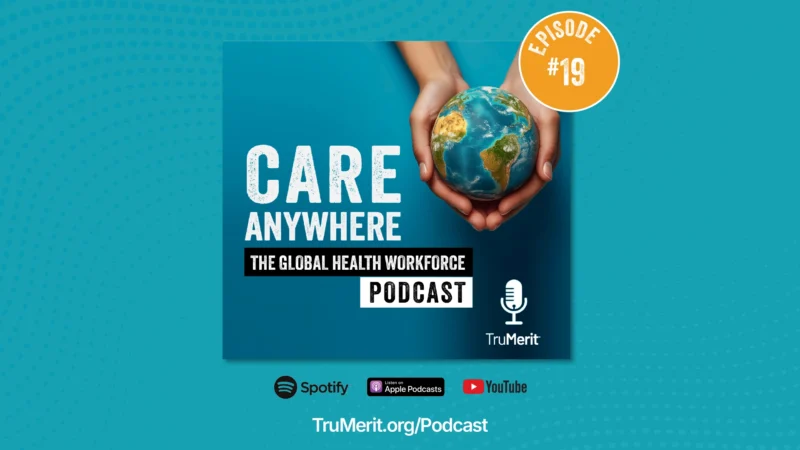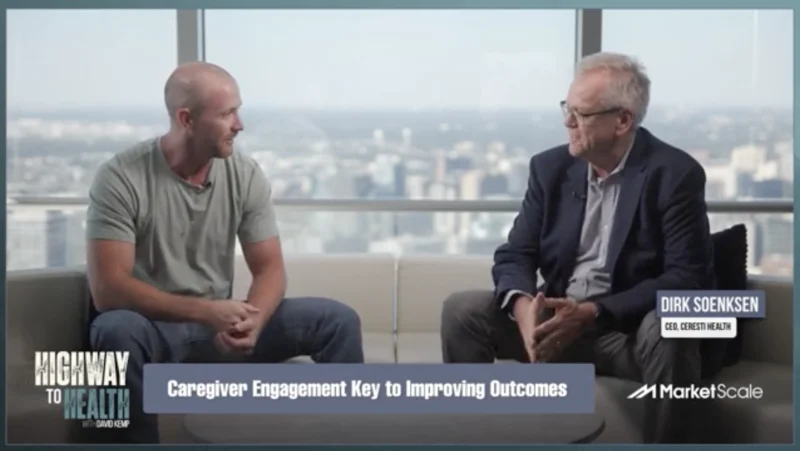Methods for Safeguarding the Air We Breathe, Part 2
The COVID-19 pandemic has thrust air quality into the spotlight, particularly in the spaces we inhabit most, such as our homes, workplaces, schools and more – and Dr. Scott A. Cohen of the Bassett Healthcare Network and infection prevention specialist Dr. Fiona Collins are back with another look at how we can go about safeguarding the air we breathe.
This time around, the two experts discussed CO2 levels, appropriate ventilation and how to get there, and other options to reduce the number of pathogens in the air and avoid exposure to large doses of the novel coronavirus and other harmful particles.
Some of those strategies include air filtration, ozone-generating purifiers, and more.
While masks and social distancing are still critical to reducing the spread of COVID-19, Collins said other recent findings in educational spaces suggest that surface disinfection isn’t overly important.
Cohen concurred, saying that “the biggest issue that we see for [coronavirus] transmission is air quality.
“This is a very efficient virus at effecting people.”
CO2 levels, then, can be used to help determine how well a space is ventilated. If the levels are high, it’s likely that ventilation is poor and the risk of transmission of harmful particles is higher.
Follow us on social media for the latest updates in B2B!
Twitter – @MarketScale
Facebook – facebook.com/marketscale
LinkedIn – linkedin.com/company/marketscale



